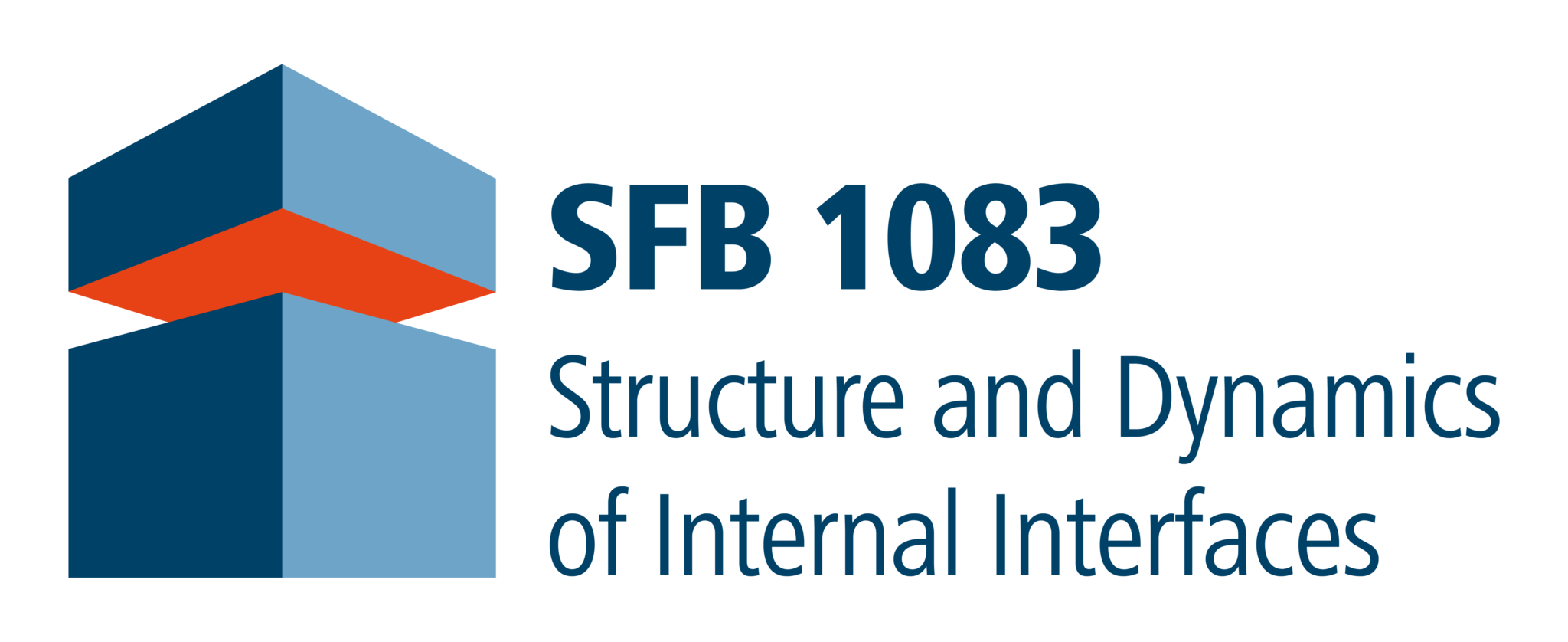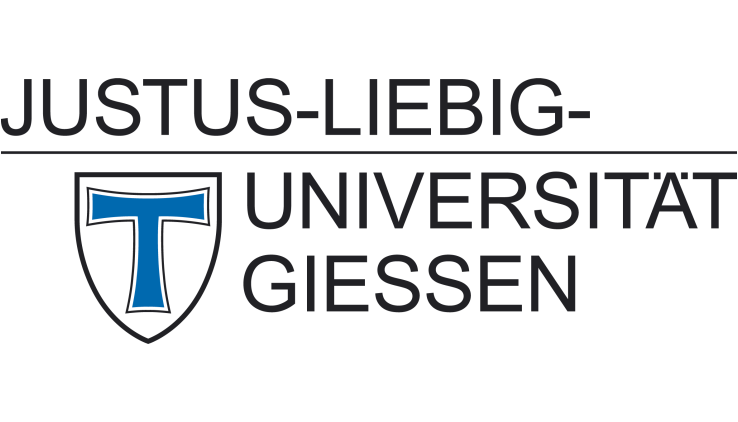New Publication by A6 (Tonner) & A3 (Jakob)
Members from projects A6 and A3 successfully joined forces in the investigation and quantification of electron-vibron coupling at the interface of the organic semiconductor 1,4,5,8-naphthalene-tetracarboxylic dianhydride (NTCDA) and the Ag(111) surface.
This effect, where vibrational modes become infrared active due to electron flow across the interface, has been previously described using theoretical reasoning and heuristic models. However, the new study provides the first proof and quantitative examination thereof based on first-principles calculations. Thus, the findings provide an important insight into a key electronic property of interfaces between organic molecules and coinage metal surfaces.
The effect of electron-vibron coupling has been observed for molecular adsorbates, when a molecular orbital is partially filled upon adsorption (static charge transfer), such that its occupation changes dynamically during certain vibrations with respect to the Fermi level of the surface (dynamical charge transfer). This leads to an electron flow between metal and adsorbate, giving rise to an oscillating dipole moment perpendicular to the surface. This fulfils the selection rule for infrared activity. The effect has thus been named interfacial dynamical charge transfer (IDCT).
1,4,5,8-Naphthalenetetracarboxylic dianhydride (NTCDA), a common model compound for an important class of organic semiconductors, adsorbs on the Ag(111) surface by accepting metal electrons in the lowest unoccupied molecular orbital (LUMO), thus fulfilling the above requirement. Molecular vibrations with a specific symmetry can usually not be observed in infrared spectroscopy in the gas phase. However, strong signals were observed in the experimental spectrum of the
molecule adsorbed on the surface for the very same modes. By theoretical investigations it could be proven that this is due to strong IDCT effects.
By studying the projected density of π-symmetric electronic states, the authors verified the observation with first-principles calculations and quantified the effect with partial charge analysis. An excellent correlation between charge transfer and infrared intensity for the fully symmetric vibrational modes has been found. These findings can be applied to any metal-organic interface with a similar bonding situation and matching of energy levels.
Publication:
P. Rosenow, P. Jakob, and R. Tonner
Electron-Vibron Coupling at Metal-Organic Interfaces from Theory and Experiment
J. Phys. Chem. Lett. 7 (2016) DOI:10.1021/acs.jpclett.6b00299
Published on Apr 1, 2016 by the American Chemical Society. Image reprinted with permission. Copyright 2016, American Chemical Society.






